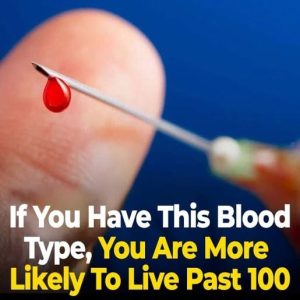At first, shingles may look like a harmless rash, but doctors warn that “many people ignore the early signs until it’s too late.” The virus behind it could have been “sleeping in your body for decades,” waiting for the right moment to strike.
Shingles, or herpes zoster, occurs when the varicella-zoster virus—the same one that causes chickenpox—reactivates. After chickenpox, the virus hides in nerve cells, later resurfacing as “painful skin eruptions” and burning nerve pain.
It can reactivate due to aging, stress, or a weakened immune system. Only those who’ve had chickenpox are at risk. While shingles isn’t highly contagious, contact with blisters can give someone who’s never had chickenpox the illness itself.
Early symptoms feel like the flu, followed by “sharp or burning pain” on one side of the body, itching, and fatigue. A red rash soon appears with fluid-filled blisters that crust and heal. Some suffer from lasting nerve pain—known as postherpetic neuralgia.
There’s no cure, but antiviral drugs and pain relief can ease symptoms if taken early. Vaccination for adults over 50 and maintaining a healthy immune system remain the best protection—because shingles “waits quietly inside, until the moment it decides to strike.”





